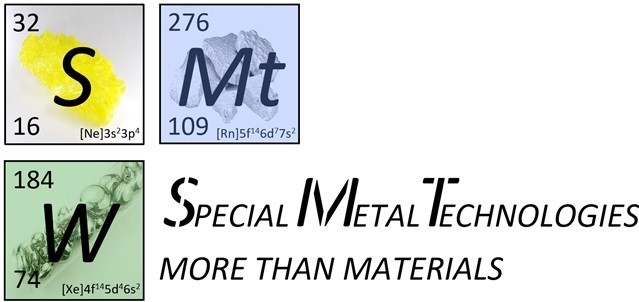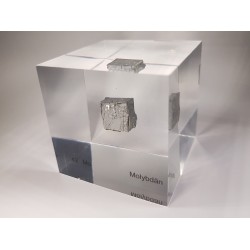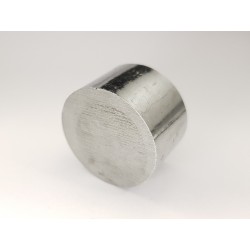- Shop
- Acrylic cubes
-
Elements
- Hydrogen
- Helium
- Lithium
- Beryllium
- Boron
- Carbon
- Nitrogen
- Oxygen
- Fluorine
- Neon
- Sodium
- Magnesium
- Aluminium
- Silicon
- Phosphorus
- Sulfur
- Chlorine
- Argon
- Potassium
- Calcium
- Scandium
- Titanium
- Vanadium
- Chromium
- Manganese
- Iron
- Cobalt
- Nickel
- Copper
- Zinc
- Gallium
- Germanium
- Arsenic
- Selenium
- Bromine
- Krypton
- Rubidium
- Strontium
- Yttrium
- Zirconium
- Niobium
- Molybdenum
- Technetium
- Ruthenium
- Rhodium
- Palladium
- Silver
- Cadmium
- Indium
- Tin
- Antimony
- Tellurium
- Iodine
- Xenon
- Cesium
- Barium
- Lanthanum
- Cerium
- Praseodymium
- Neodymium
- Promethium
- Samarium
- Europium
- Gadolinium
- Terbium
- Dysprosium
- Holmium
- Erbium
- Thulium
- Ytterbium
- Lutetium
- Hafnium
- Tantalum
- Tungsten
- Rhenium
- Osmium
- Iridium
- Platinum
- Gold
- Mercury
- Thallium
- Lead
- Bismuth
- Polonium
- Astatine
- Radon
- Francium
- Radium
- Actinium
- Thorium
- Protactinium
- Uranium
- Neptunium
- Plutonium
- Americium
- Curium
- Berkelium
- Californium
- Einsteinium
- Fermium
- Mendelewium
- Nobelium
- Lawrencium
- Rutherfordium
- Dubnium
- Seaborgium
- Bohrium
- Hassium
- Meitnerium
- Darmstadtium
- Roentgenium
- Copernicium
- Nihonium
- Flerovium
- Moscovium
- Livermorium
- Tennessine
- Oganesson
- Buch
- References
- Periodic Tables
- Metalle Wimmer
- Metametals
Molybdenum
Molybdenum, with the chemical symbol Mo, was discovered by the Swedish chemist Carl Wilhelm Scheele in 1778 and independently isolated by Peter Jacob Hjelm in 1781. It is a transition metal found on Earth in various minerals, most commonly in molybdenite and wulfenite.
The abundance of molybdenum in the Earth's crust is approximately 1.2 ppm. It is primarily extracted through mining and refining processes. Molybdenum exhibits remarkable resistance to high temperatures and corrosion, making it a crucial component in alloys, especially in the aerospace and oil and gas industries.
Exciting applications of molybdenum span across various industries. It is used in alloys for turbine blades, catalysis, lubricants, and electronic components. In the future, advancements in battery technology and hydrogen production could open new avenues for molybdenum. Researchers are exploring molybdenum compounds as catalysts for hydrogen production and as materials for high-performance battery anodes, leading to promising developments in the energy sector.
There are 2 products.
Active filters


